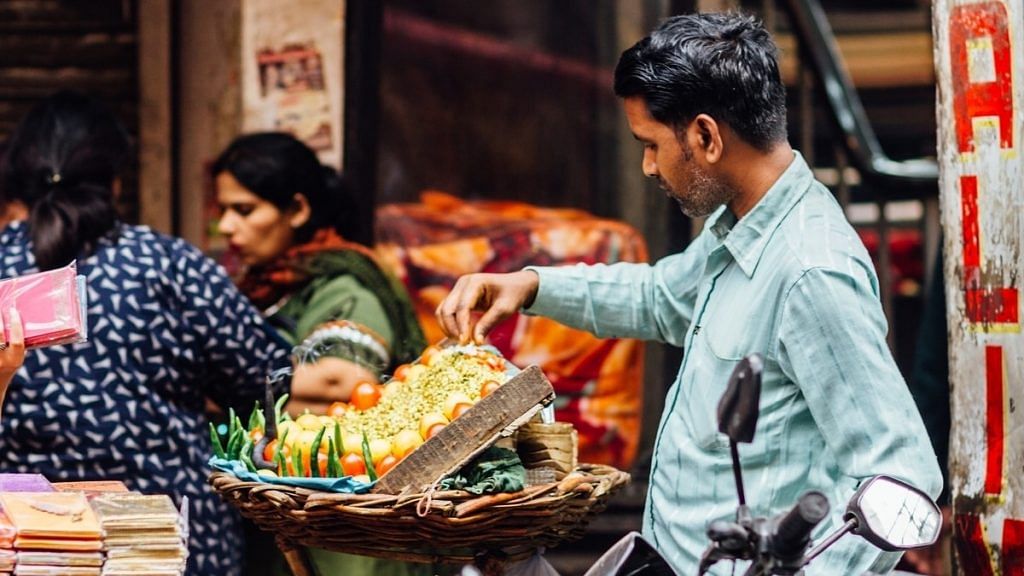New Delhi: Only 0.01 per cent street vendors belonging to minority communities have benefitted from the Centre’s PM SVANidhi scheme between June 2020 and May 2022, a Right To Information (RTI) query has revealed.
A total of 32.26 lakh loans were disbursed under the scheme during this period, according to data revealed by the Union Ministry of Housing and Urban Affairs, in response to the query filed by Venkatesh Nayak, a member of the Commonwealth Human Rights Initiative.
The country-wide PM SVANidhi scheme for street vendors was implemented by the Centre in June 2020. It facilitates collateral-free working capital loans up to Rs 10,000, of one-year tenure, to help street vendors resume their businesses in urban areas. On timely repayment, the vendors become eligible for the next cycle of loans with a higher limit.
The RTI query also found that only 3.15 per cent beneficiaries were from the ST category and just 0.92 per cent were persons with disabilities (PwD).
Loan disbursal among minorities
Beneficiaries have to mention if they belong to a minority community in their loan application forms. While the form does not mention the names of these communities, it identifies minorities as those belonging to five religious communities, namely Muslims, Chrisitans, Sikhs, Buddhists and Zoroastrians (Parsis).
The RTI query also revealed that Maharashtra reported the highest number (162) of beneficiaries from minority communities, followed by Delhi (110), Telangana (22), Gujarat (12) and Odisha (8).
Uttar Pradesh reported the highest success rate of 100 per cent, meaning all 12 applications were able to secure the first loan, followed by Delhi, Telangana and Gujarat. Even though Maharashtra did record the largest number of applications for both first and second loans, the success rate in the state was only 56.45 per cent.
When it comes to those in the PwD category, Tamil Nadu had the highest number of first loan applications (8,631) followed by Uttar Pradesh and Karnataka.
Out of the loans disbursed to those in the PwD category, Uttar Pradesh recorded the highest number (7,278) for first and second loans.
Also read: Centre should also consider implementing old pension scheme: Ashok Gehlot
